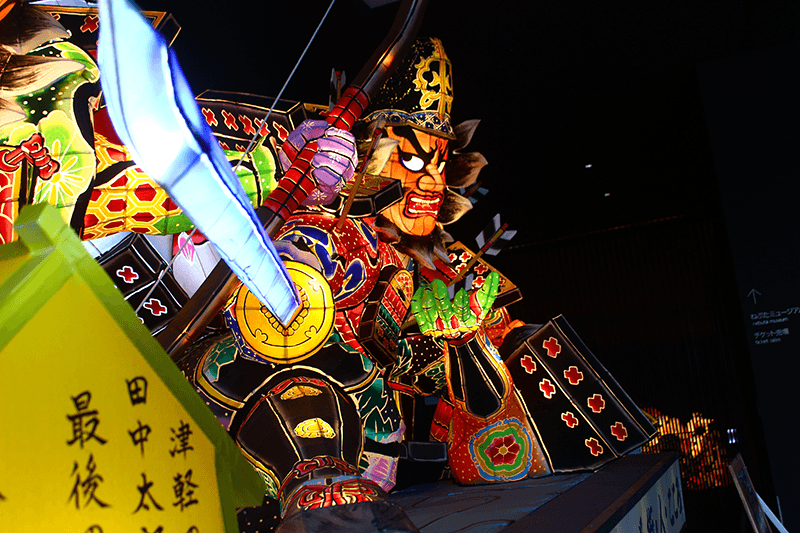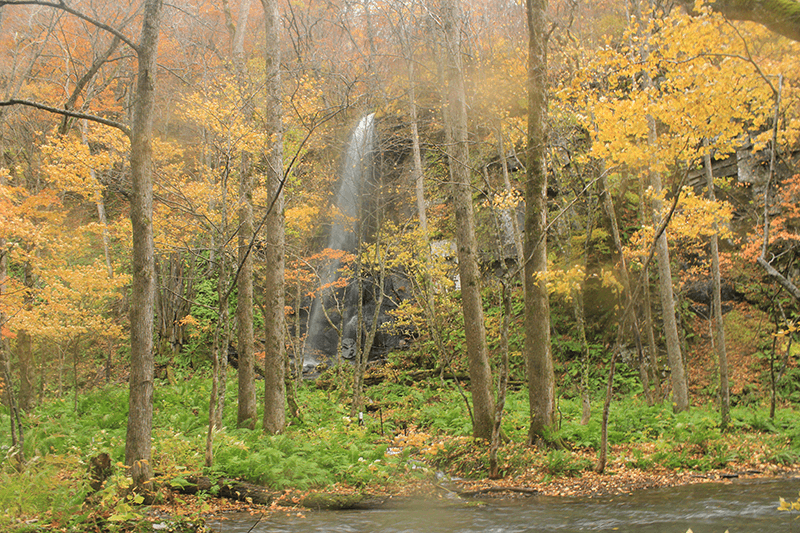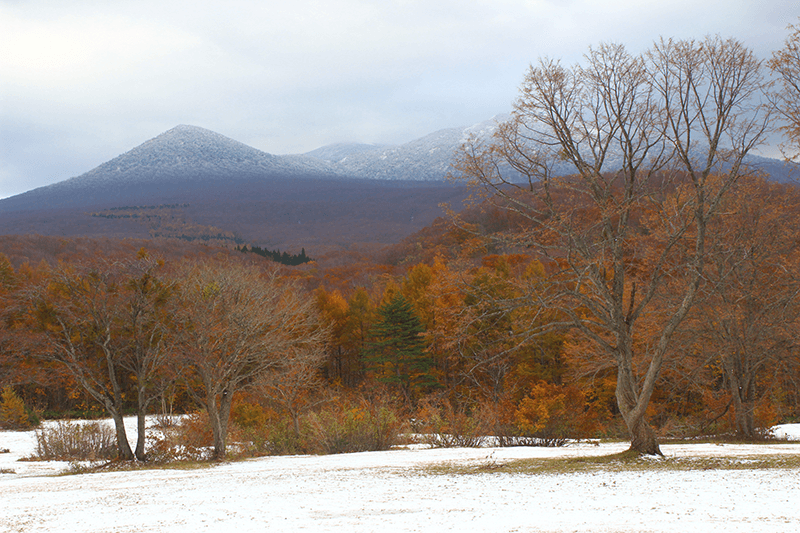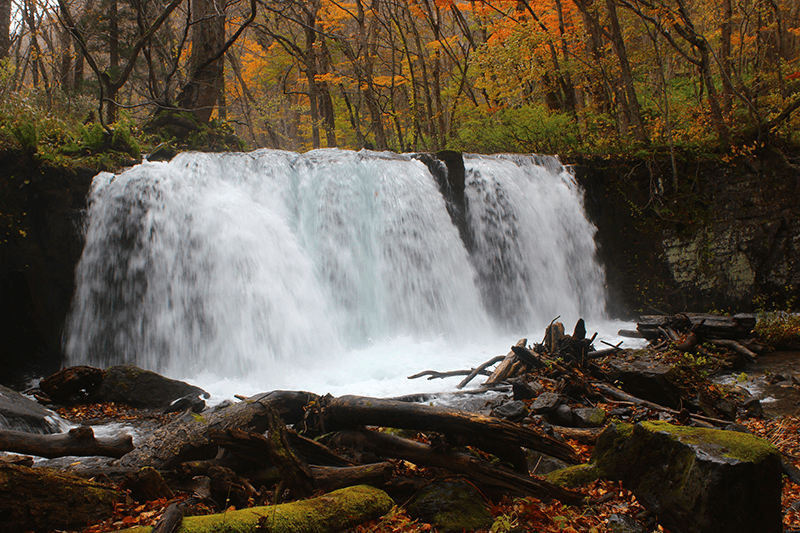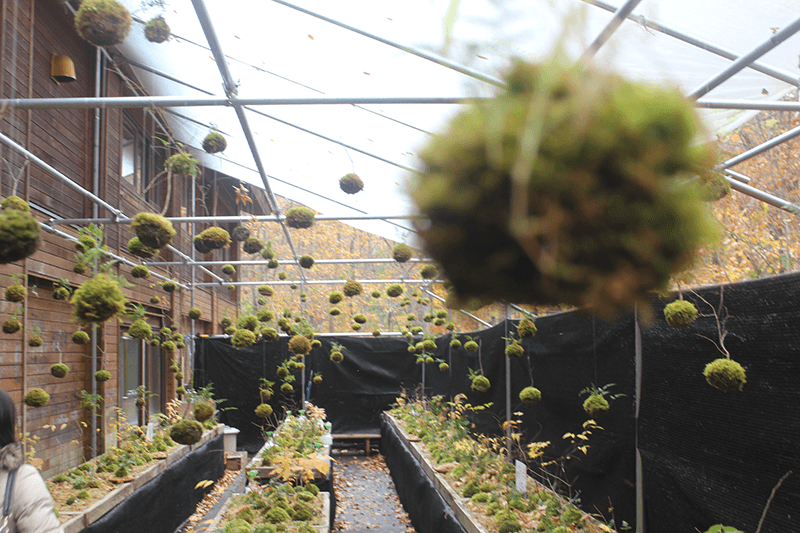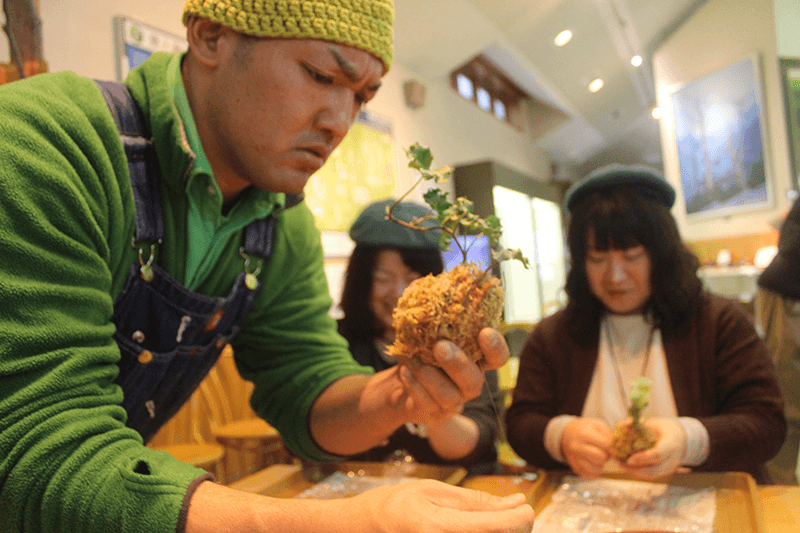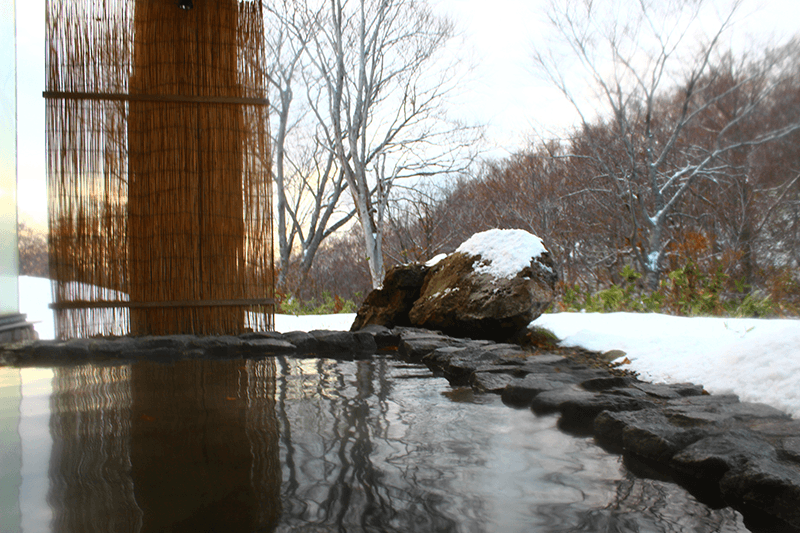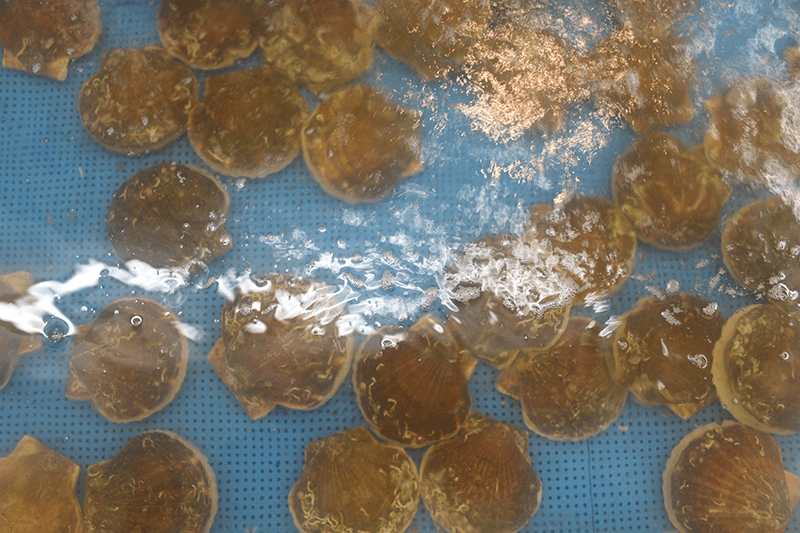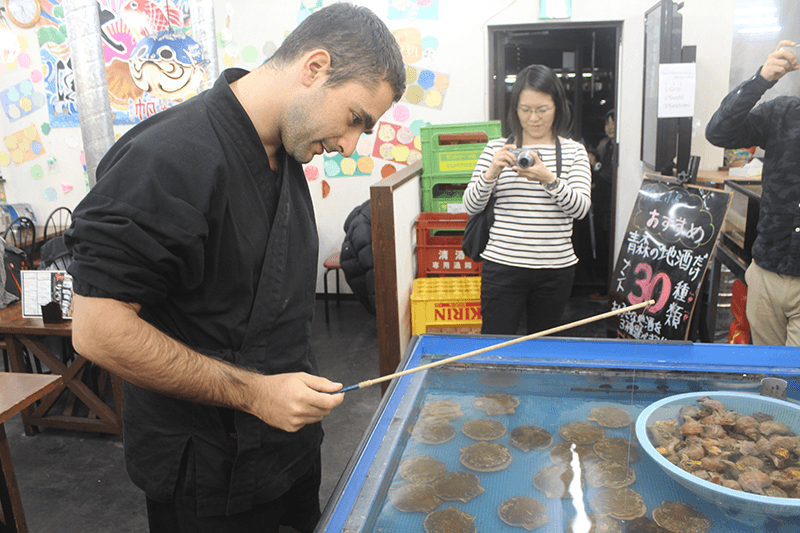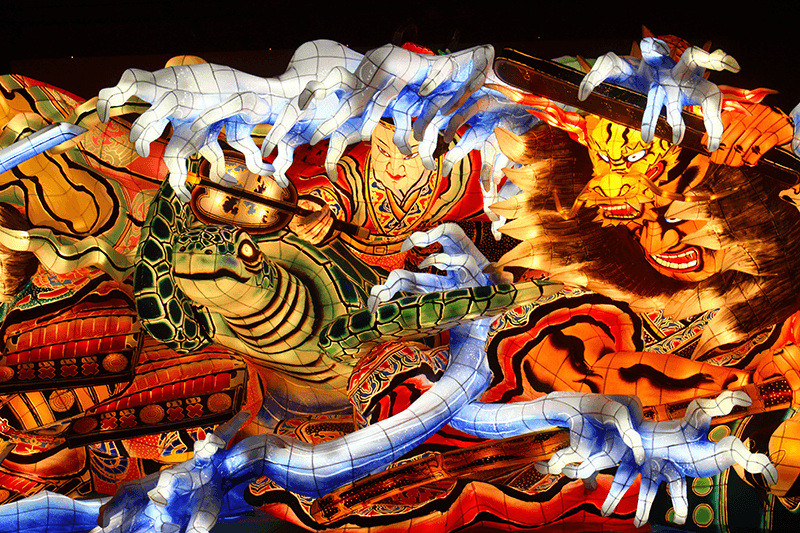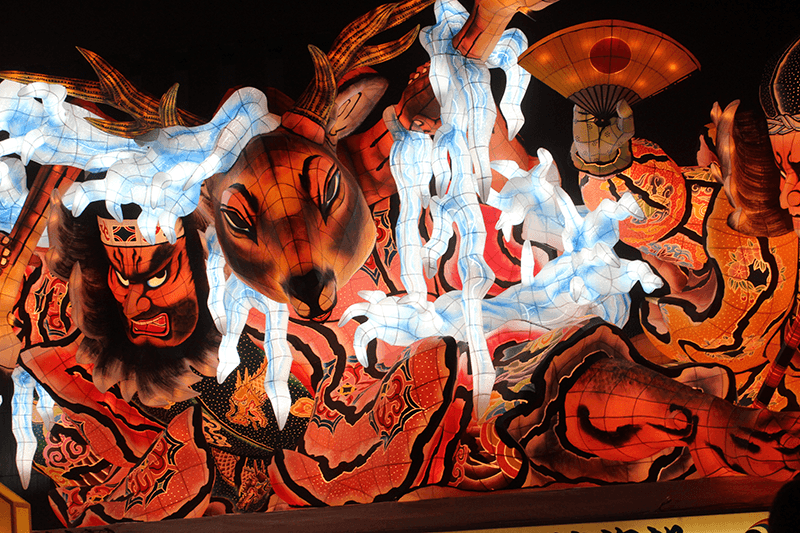Aomori is a great choice for nature lovers, apple lovers, and fans of the coolest illuminated parade floats on Earth.
Words and pictures by Benjamin Boas
Tokyo may be the greatest megalopolis on Earth, but as all of our urban denizen readers know, prolonged exposure to urban environments can lead to a decrease in sanity. The remedy is found in the natural beauty of Japan’s mountains, forests and seas lying outside the Greater Metropolitan Area.
While it’s tempting to fulfill this need via simple day trips to places like Kamakura or Nikko, those in need of an extended remedy would do well to visit the northern prefecture of Aomori.
Natural Appeal
Known for being one of the cooler prefectures in Japan, Aomori is a place where you can surround yourself with Japan’s natural beauty. Kyoto may be the most famous spot for taking in the fall foliage, but those who make the short trip up on the Tohoku Shinkansen will find themselves rewarded with hikes that surround them in red and yellow leaves as far as the eye can see.
The best of these is perhaps the 14-kilometer trail alongside the Oirase River. It’s accessible via bus from Aomori Station – just get off at Yakeyama bus stop and find the trail just past the Oirase Keiryu Hotel. Following the signs to Ishigedo, Kumoi Falls and then finally to the most popular landmark, Choshi Falls, will lead you along a path dotted with innumerable waterfalls and places to observe the beautiful rapids of the Oirase River. When you’re done, head to the main road, which will take you to the ferry terminal of Nenokuchi from which you can return to Aomori or head to Hachinohe or Lake Towada. You can also ride the bus to stops alongside the trail from Ishigedo to Nenokuchi.
If you’d like to stick to the Oirase area, The Oirase Stream Museum (an odd name given the Oirase River’s larger-than-stream size) is a great destination for families looking to learn more about the area. Its main draw is the kokedama (moss ball) making class, led by a former professional wrestler who certainly knows his stuff. Travelers should be advised that moss balls are alive and probably will not clear international customs, but make a great gift for any Japanese friends.
Aomori is also known as a winter sports destination and actually boasts some of the highest average snowfalls in the world. The Hakkoda area is popular amongst Australian visitors on their “summer” vacation. Hakkoda is also home to Sukayu Onsen, one of the more unique hot spring facilities in Japan. Having lived in Japan for 10 years, this writer has experienced his fair share of onsen but nothing like the sulphur-infused waters of Sukayu. While a dip in most onsen will be good enough to heat you up for the time being, an hour in Sukayu’s special blend will make your body feel toasty all the way until the next morning. While the exact biological process behind this is a bit complicated (it has something to do with the sulphur), anyone who wants to experience the cold weather without ever actually feeling cold would do well to drop by. The facility also offers an interesting range of accommodation options, including shared kitchens with running mountain water. Also of note is that the Sukayu baths are mixed-gender; although there are separate sections for men and women, both bathe in the same large tub.
A Prefecture with Good Taste
No trip to Aomori would be complete without trying some of their apples, which have the deserved reputation for being the best in Japan. Those readers who grew up eating Fuji apples might be surprised to know that there were originally developed by growers in Aomori, who have also developed the appropriately-named Sekai-ichi variety, an apple whose mass ranges from 500 grams to a full kilogram.
Aomori is also the home of barayaki, or rib meat with green onions and sauce. Cooked similarly to grilled mutton (jingisukan) or teppanyaki, much of the joy of this Aomori delicacy is derived from its presentation. At restaurants like Towada-Barayaki, customers are each served the meat in their own personal hot plate and are expected to sizzle it themselves. Naturally this is the perfect option for diners who never know if they should order their meat “medium” or “medium rare.”
Finally, if you happen to be near Aomori Station and are looking for a unique dining experience, Hotate Goya offers a deal that may very well not exist outside of the city: Customers are given the chance to fish for the very scallops they will be dining upon. For a 500 yen entrance fee, you are given a fishing pole and three minutes to catch all of the scallops you can within the time limit. Anything you catch is then prepared for you as sushi, sashimi or grilled style. For those who do not wish to try their skill, a standard menu is also available.
The Nebuta Festival
The largest event in Aomori, the Nebuta Festival is also one of the most colorful and spectacular events in the country. It takes place every year from August 2-7 and draws 3 million people annually – more than double the population of the entire prefecture!
The reason for this parade’s immense popularity is easy to understand once you have witnessed one of its enormous yet intricately detailed illuminated floats. Constructed of painted washi paper that is then applied to a light frame, these artistic masterpieces can be enormous: up to nine meters wide and five meters tall.
If you’d like to experience the real deal, you’re in luck: Anyone wearing the local haneto costume, which is available to rent, is welcome to join the parade and festivities. The parade runs during the evenings of August 2 to 6 and then during the afternoon of August 7, which is followed up by evening fireworks. Sidewalk seating is free and reserved seating goes on sale in July. Hotels are known to fill up months in advance, so plan ahead.
For those who are unable to make the Festival, or who are simply uninterested in wading through a crowd of millions, consider a visit to see the floats at their vacation home, the Nebuta Warasse Museum. Named after the chant which parade-participants all shout in unison, the facility is about a five-minute walk north of JR Aomori Station and offers an opportunity to see the beautiful artifacts of the event up close. There’s even an interactive digital exhibit where you can create your own float design and display it to the other museum-goers.
Updated On December 26, 2022

